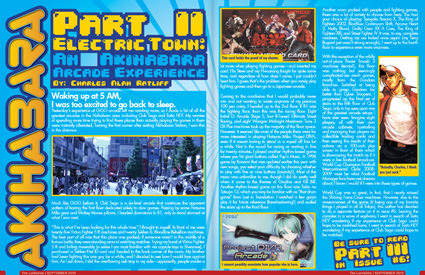Join me, Miku, Rin, Haku, Luka, Ia, and Meiko as we dance to some jammin' tunes on the beach in jblouir's Miku Beach Concert demo for the Oculus Rift DK2. Don't look at me like that.
Here are my impressions I wrote on NeoGAF:
I spent 18 minutes watching anime girls in bikinis dance in jblouir's Miku Beach Concert. Miku, Rin, Haku, Luka, and Ia sing and dance to Dear Cocoa Girls whereas Meiko is off doing her own thing to World's End Dancehall. The only character I have heard of is Hatsune Miku, but maybe someone here is more familiar. I moved incredibly slow with an Xbox 360 controller for some reason, so I had to use a mouse and keyboard. Some catchy music, I tells ya. You can also walk on the water if you want.
I want to watch a professionally filmed concert with the Oculus Rift. Let me choose my camera position and let me look around!







